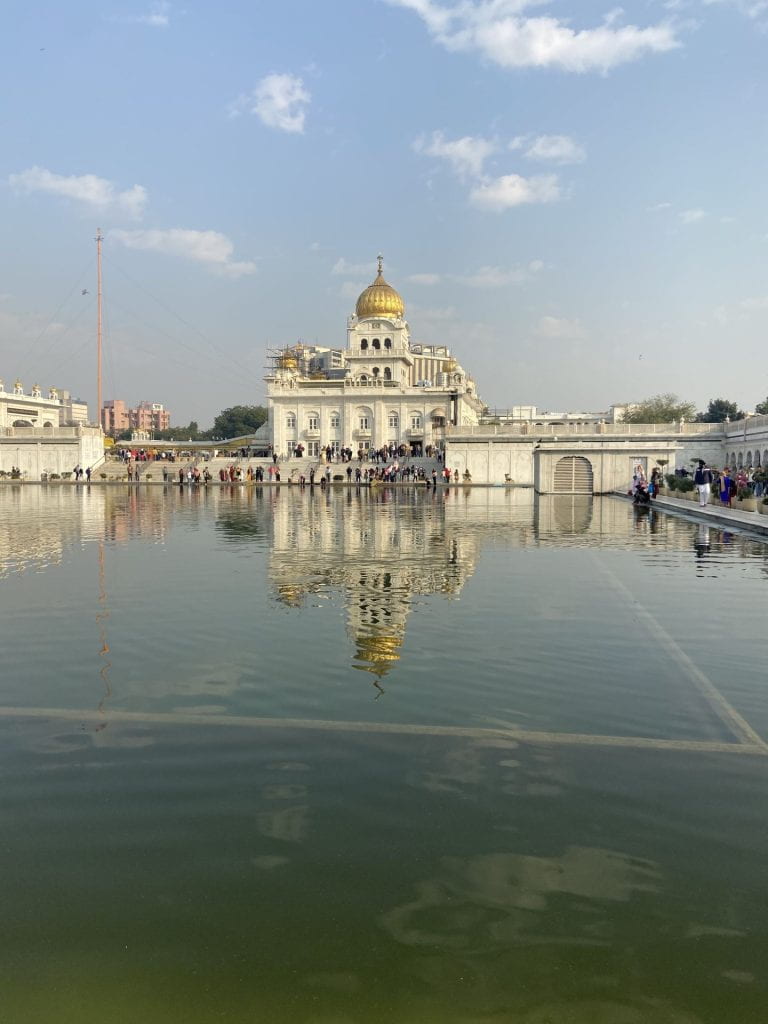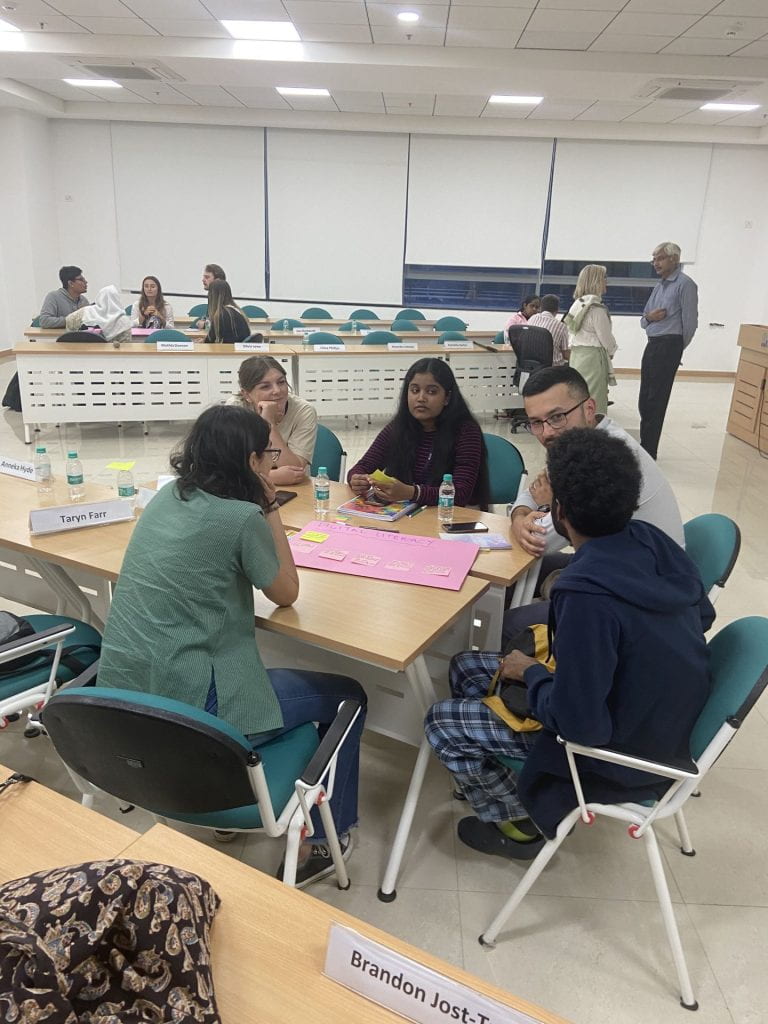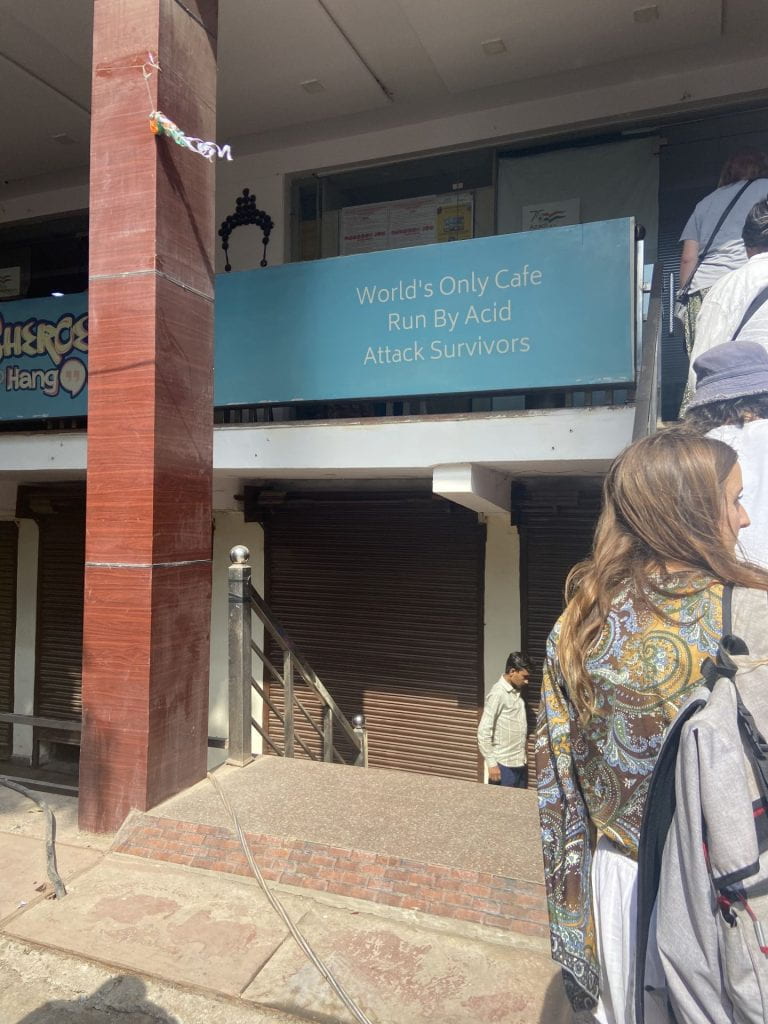At times in India, I felt like a fish out of water. I loved getting to experience and appreciate India but I definitely felt like a foreigner at first, often unsure how to get from A to B. We were on the move a lot during our trip, visiting new and vastly different cities every couple of days. I found myself thinking a lot about conversations I had with my Dad, a Geography teacher, about a study he did years ago on the “the meaning of place”; he explored the reasons why people form connections and attachments to places, even when others might not understand why or see things the same way. I found this concept coming to mind as a way to understand the foreign country I was in; while I was visiting so many places that were completely new to me and that I did not fully understand, I was meeting people who had lived and formed deep connections in these places for their whole life.
India’s natural and cultural environments are so diverse but some common themes came through as I learnt what people’s environment meant and provided to them:
Spiritual connection
Spirituality is present in India in a way that is so different to New Zealand. In every city, we went there were temples and worship practices occurring all over the place. At the Isha Yoga Foundation it was fascinating to meet people so devoted to Sadghuru’s teachings that they moved to the foundation to work there. In Rishikesh, worship and offerings to the Ganges River were common; many people referred to the Ganges as “Mother Ganga”. The spiritual practices I observed in multiple cities were so foreign to me but such a permeating part of India and a central part of so many people’s lives.

Opportunity
I met a lot of people in India who lived in a certain place because of opportunity. I saw this in Bangalore, where students moved to go to elite IT universities like IIITB, but I noticed this most prominently in Mumbai. On one of our days in Mumbai, we visited Dharavi, one of the world’s largest slums. It came as a surprise to me how commercialised Dharavi was and, in particular, how high the rent was. We learnt how many men come to work in Dharavi, sleeping in their workplace to save money and sending their earnings back to their families in other cities. Many of the work environments were highly toxic. It was eye-opening being in Dharavi; it was difficult to comprehend the sacrifices people were making to earn a living in such a competitive city.


Community
It was really clear that community was a strong tie between people and their environments. A Dharavi resident explained that people who grew up there were reluctant to leave the slum because of the community and the strong bonds between people there were so apparent. We also saw community demonstrated at Sheroes, the only café in the world run by acid attack survivors. It was heartbreaking to see people brought together by such tragedy but the café was a special place because of the strong community that ran it.

While feeling like a fish out water was a bit uncomfortable at times, our trip leader Nick described how important that feeling is – it is so much easier to see your own culture and world for what it is when you’re not swimming in it. Interestingly, while in India, I developed a deeper appreciation for New Zealand and all the things that connect me to it – my friends, family, the natural environment etc. I am now lucky enough to also have a special connection to India and the various places we visited.